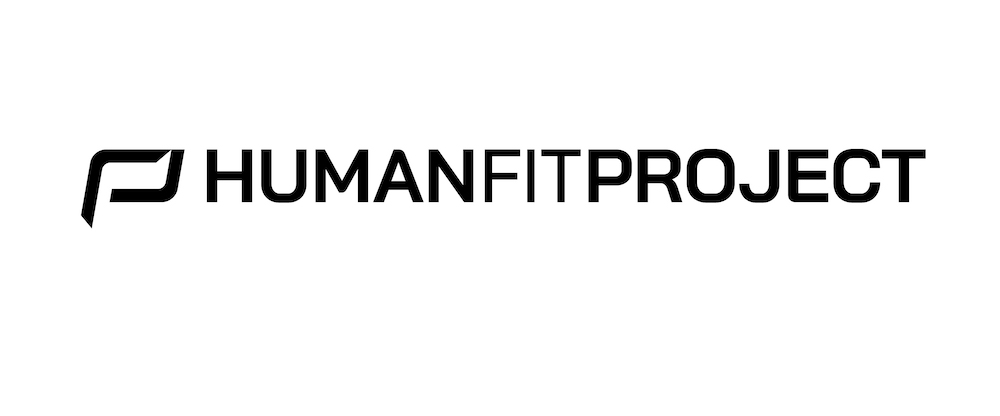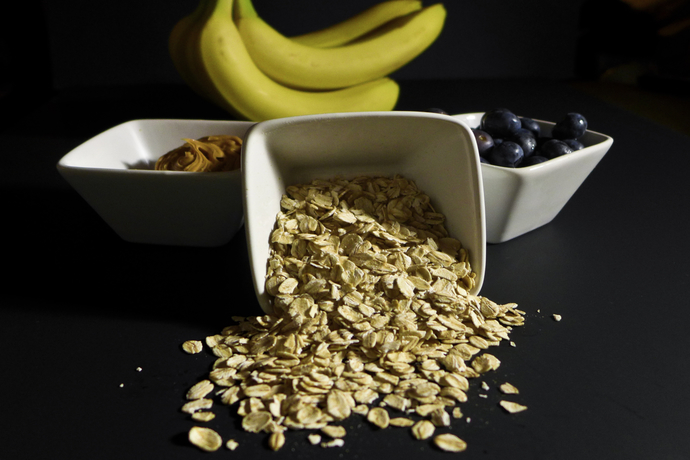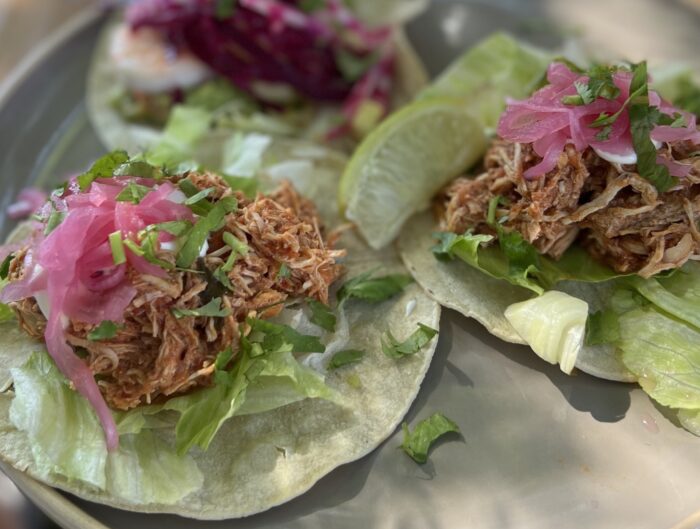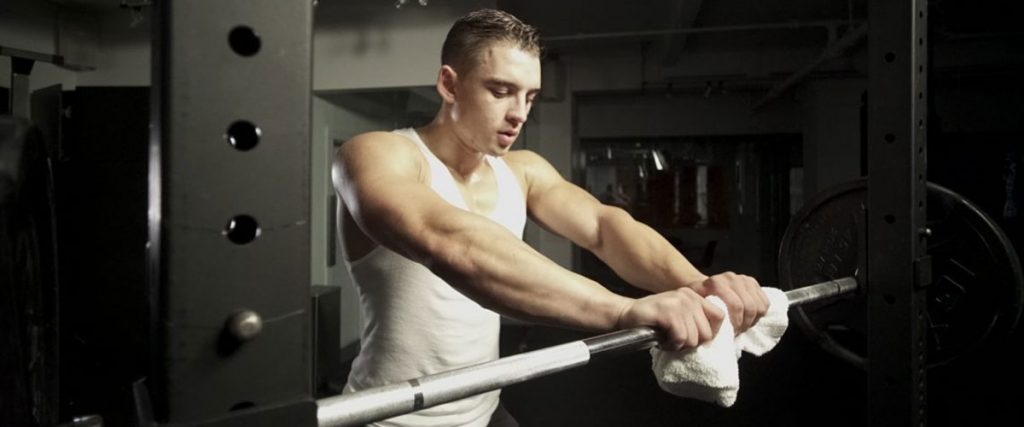There’s plenty of healthy foods out there, but healthy food and food that’s for fat loss are two separate things.
We asked long-time HFP contributing expert Tim McComsey for a handful of his essentials for staying lean and lifting mean.
McComsey is the face of several HFP-produced programs such as the Winter Bulk Up, the Spring Trim Up, and the Timeless Bodybuilding plans
Salmon
Salmon has high quality protein and high amounts of omega-3 fatty acids. Protein is ideal for protein repair and regeneration on a daily basis and the omega-3’s can decrease muscle-protein breakdown after workouts, improving recover. Salmon has less saturated fat than other high protein foods making it more ideal to consume. The Omega-3 fatty acids in Salmon protects us from heart disease and have been shown to do everything from decrease triglyceride levels to lower blood pressure.
Olive Oil
Olive oil is rich in monounsaturated fatty acids These fats actually help lower a person’s total cholesterol level and LDL cholesterol level, or bad cholesterol. When used in moderation, olive oil provides more health benefits than negative health issues. The advantages of olive oil range from improving heart health to better skin and hair.
Eggs
Calorie for calorie, you need less protein from eggs than you do from other sources to achieve the same muscle-building benefits. The reasoning is that eggs have the highest biological value—a measure of how well it supports your body’s protein needs of any other food. The yolk contains vitamin B12 which is important for fat breakdown and muscle contraction so the yolk is a must to eat. They are jammed pack with vitamins and minerals (riboflavin, folate, vitamins B6, B12, D, and E, and iron, phosphorus, and zinc) making them a healthy food choice. Don’t fear the egg as we know now that the amount of cholesterol we eat has very little impact on blood cholesterol levels.
Almonds
Vitamin E is loaded in each crunch of an almond. One of the best sources of alpha-tocopherol vitamin E which is the form best absorbed by the body even better than supplements. It is an antioxidant that can help to prevent free radical damage after workouts. The fewer the free radicals the faster our muscles can recover. Almonds are high in monounsaturated fats, the same type of health-promoting fats as are found in olive oil, which have been associated with reduced risk of heart disease.
Chicken Breasts
Chicken is normally the staple for a healthy diet. It’s a lean source of all necessary amino acids and can be prepared in a variety of way. A six-ounce chicken breast yields 54 grams of protein and four grams of leucine, the amount needed to max out protein synthesis in a given meal. Choosing chicken breasts or thighs with the skin removed and little visible fat will yield the best results.
Quinoa
Quinoa is an ancient grain famous for its protein content. Quinoa contains all nine essential amino acids, the amino acids that your body can’t make. They’re also key for improving fitness and muscle definition. Quinoa contains three more grams of protein per cup than brown rice, and brown rice doesn’t contain all the essential amino acids.
Don’t forget… water
Muscle is nearly 80% water. A little variation in body water can affect our energy levels and how we feel. If we are dehydrated our workouts and recovery will be impaired. Our metabolism will actually will slow down if we are slightly dehydrated as our organs can’t and won’t function as efficiently. Water is important for us to have to aid in our body’s ability to burn calories for fuel. Often times we think we are hungry really when we are thirsty. By drinking some water when you have the feeling of hunger you can save extra calories by not eating the snack you would have eaten originally.







